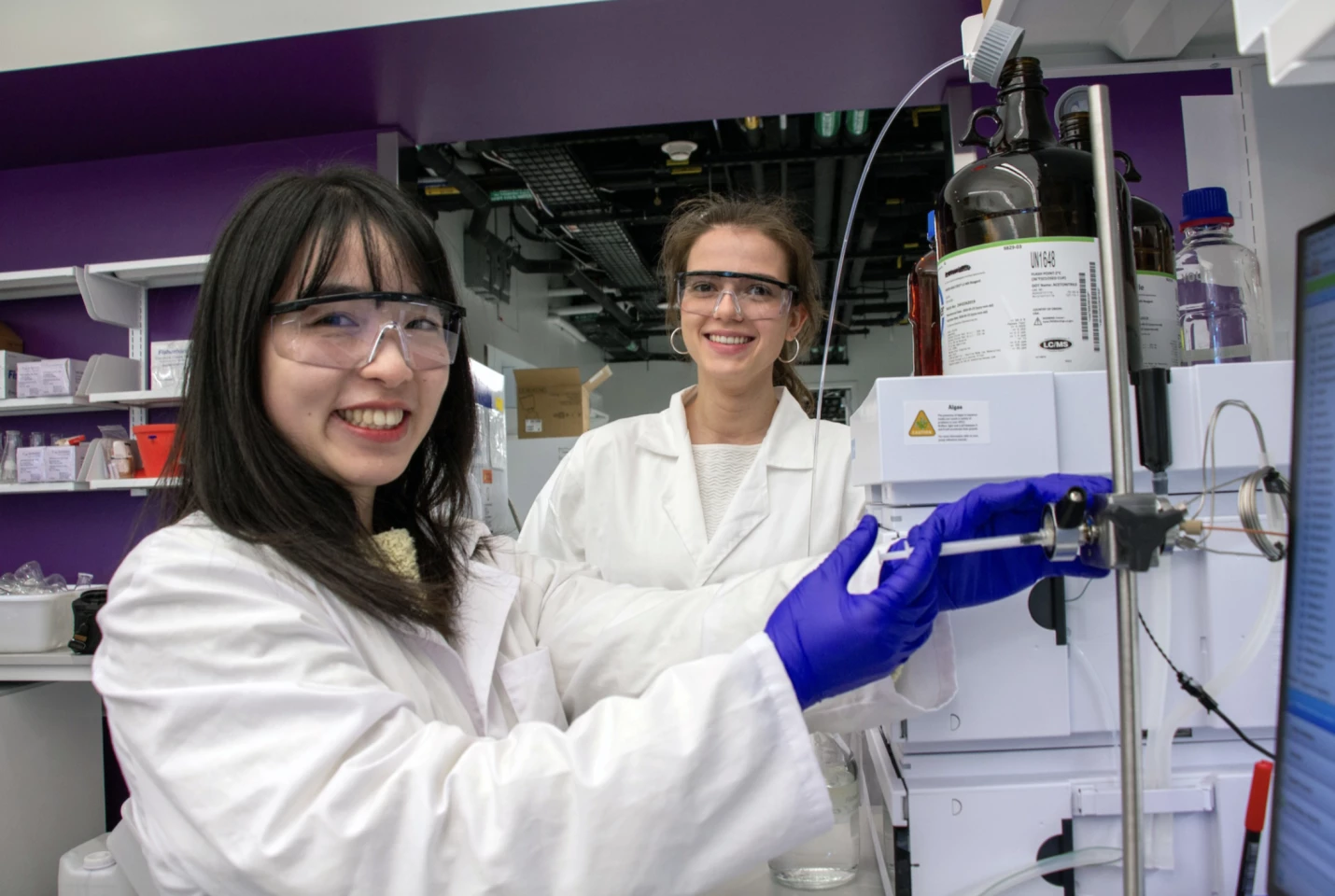A fungus that is thought to have claimed the lives of several excavators working on King Tutankhamun’s burial site has had a serious image makeover, thanks to scientists discovering that it holds powerful cancer-fighting properties. It now opens the door to new and effective treatments for leukemia.
University of Pennsylvania (UPenn) researchers may help undo the “pharaoh’s curse” that’s been attributed to Aspergillus flavus, discovering that it contains a new class of molecules that, when extracted from the organism and tweaked, could target and disrupt cell division in leukemia.
“Fungi gave us penicillin,” said senior author Sherry Gao, Associate Professor in Chemical and Biomolecular Engineering and in Bioengineering at UPenn. “These results show that many more medicines derived from natural products remain to be found.”
A. flavus hails from a large genus of around 250 species and can be found around the world, growing in soil, hay, grains and decaying vegetation. Chronic exposure can trigger allergies, asthma, sinus infections and more serious lung conditions. However, its notoriety for slaying archeologists who came into contact with its long-dormant spores is still debated.

The UPenn researchers, however, weren’t interested in its past but what it could hold for the future. From the tiny fungus, they extracted specific compounds that belong to a group known as ribosomally synthesized and post-translationally modified peptides (RiPPs) and modified them for increased potency. When tested on cancer cells, their bioengineered fungus drug was able to stop cell proliferation in its tracks, performing as well as current drugs approved by the Food and Drug Administration (FDA) for treating leukemia.
As the name may suggest, RiPPs are made in a cell’s ribosome, the small but very important components found in the cytoplasm that is crucial for protein synthesis. Essentially, the ribosome is like a cell’s chef, taking a recipe (mRNA) and grabbing the right ingredients (amino acids) to produce a specific dish (proteins) that keep cell function and health ticking over.
“The synthesis of these compounds is complicated,” said first author Qiuyue Nie, a postdoctoral fellow at UPenn. “But that’s also what gives them this remarkable bioactivity.”

Bella Ciervo
The team purified four different RiPPs, now known as asperigimycins, finding that two of them had a significant impact on cancer cells. Manipulating some genetic switches in the cancer cells, the scientists found that one gene, SLC46A3, opened the cellular doorway to allow asperigimycins to enter en masse.
“This gene acts like a gateway,” said Nie. “It doesn’t just help asperigimycins get into cells, it may also enable other ‘cyclic peptides’ to do the same.”
And further research revealed how asperigimycins mess up cancer’s cell division process.
“Cancer cells divide uncontrollably,” said Gao. “These compounds block the formation of microtubules, which are essential for cell division.”
Interestingly, asperigimycins only had this effect on leukemia cells, not breast, liver or lung cancers, which makes it highly specific and very promising as a new, specialized and effective medical intervention.
While thousands of RiPPs have been found in bacteria, they’re rare in fungi, which makes this discovery particularly exciting for the development of novel medicines. It also means that there are likely many more to discover.
“Even though only a few have been found, almost all of them have strong bioactivity,” says Nie. “This is an unexplored region with tremendous potential.”
The researchers’ goal is to now test their novel compounds on an animal model, and if promising will have a path forward towards human trials – albeit quite some time down the line.
“Nature has given us this incredible pharmacy,” said Gao. “It’s up to us to uncover its secrets. As engineers, we’re excited to keep exploring, learning from nature and using that knowledge to design better solutions.”
The study was published in the journal Nature Chemical Biology.
Source: University of Pennsylvania








